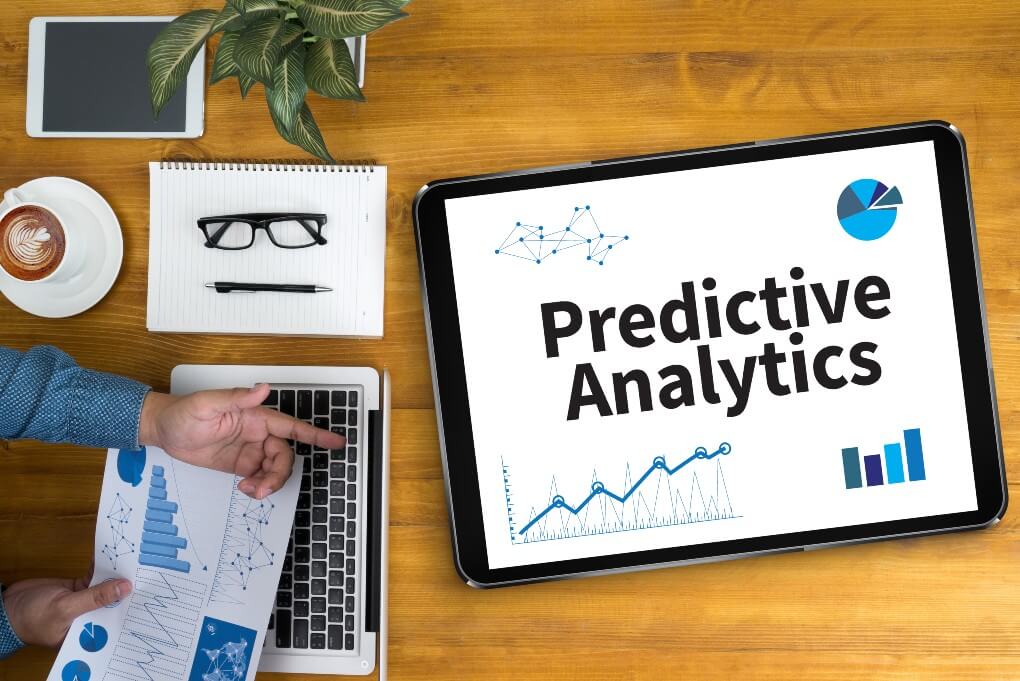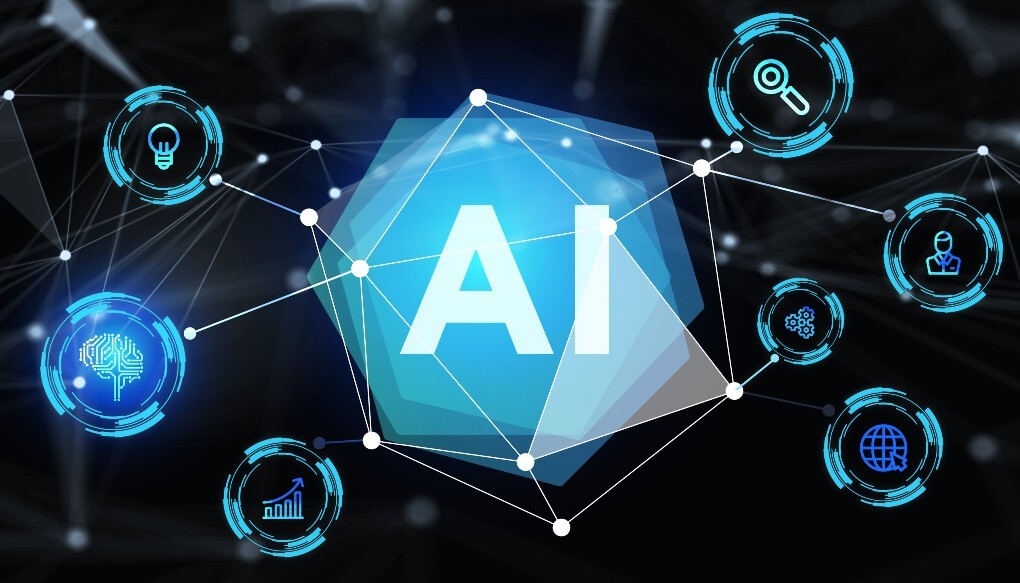Enterprises seek a competitive advantage by becoming hyper-efficient and delivering services faster. They rely on data analytics and AI to make this happen.
Analytics lies at the core of digital transformation. Businesses depend on insights from data to make informed decisions. Artificial Intelligence (AI) takes analytics to a new level of real-time dynamism. It deepens the insights available to business managers and enables proactive decisions.
Here are five use cases of how Artificial Intelligence helps Big Data analytics. And this technology blog lists the major analytics and AI trends that will dominate in 2022 and beyond.
1. Focus on Better ROI from Analytics and AI
In the days before the pandemic, many enterprises took a freewheeling and experimental approach to analytics and AI. They toyed with several proofs of concepts. Only a few transitioned into full production projects. The pandemic pulled the plug on such an approach. The C-suite now seeks accountability for every dollar spent.
A case in point – Salesforce introduces voice to Einstein, its AI engine, with much fanfare in 2018. Einstein voice assistant would allow users to input queries or ask questions in natural language, and get rich AI insights. In 2020, Einstein’s voice assistant got a quiet burial. The company sought to focus on investments in areas that delivered better returns.
The C-suite will continue to make sizable investments in analytics and AI. But the investments will be in projects that show sustainable value. Gartner estimates that by 2022, 30% of CDOs will partner with their CFOs and make a formal evaluation of their enterprise information assets. They will evaluate transformation projects based on the ability to deliver efficiency and ROI.
Businesses can optimize the ROI of analytics and AI by shifting the infrastructure to the cloud. The cloud offers low start-up costs, resiliency, redundancy, and easy scalability. Data as a service (DaaS) and Database as a Service (DBaaS) vendors offer ready-to-consume storage, processing, and analytics. The enterprise may attribute these costs to the services consuming it, and bill customers accordingly. If the costs are more than the value addition on offer, the enterprise may stop such services.
Also, investments in new chip architectures deployable on edge devices yield dividends. These deployments speed up AI and ML computations and workloads. The bandwidth-intensive loads on centralized systems reduce.
2. Enabling Intelligent Automation
The disruption forced by the pandemic has sped up digital transformation. Businesses are using data analytics and AI in different ways than before. The focus area of AI is shifting to cost-cutting measures such as automation, and also business resilience. Enterprises toy with concepts such as low-code AI tools, robotic process automation, and pragmatic AI. These tools improve resiliency and speed up things. A popular use case is deploying chatbots and virtual agents to engage with customers.

Automation will make popular and cost-effective several approaches such as:
- Self-service analytics. Users no longer need qualifications in data mining or statistical analysis or even help from data scientists. User-friendly dashboards, with drag-and-drop interfaces, enable users to generate insights on-the-go. The underlying decision intelligence framework integrates traditional rules-based approaches to machine learning. It enables lay users to alter decision logic without involving programmers.
- “X analytics,” where an “X” may substitute any range of variables, be it text, audio, video, emotion, or other content. Use cases include supply chain optimisation, weather forecast, and traffic management.
AI algorithms now locate and extract data elements from unstructured content with about 95% accuracy. Enterprises establish Centers of Excellence to collect and process unstructured data.
3. The Rise of Predictive Analytics
The biggest stumbling block for analytics has been its reactive nature. The analytics engine feeds past data and gives insights into situations relevant to the past. In today’s fast-paced world, the context may have changed.
One of the biggest use cases of Artificial Intelligence in recent times is in predictive analytics. Predictive analytics use data to identify trends that sustain in the future. Prescriptive analytics is rising side-by-side, which takes predictions to a deeper level.
Raw analytics generate graphs and charts, which many lay users find it hard to consume. Businesses apply augmented analytics for storytelling and make insights richer. Users will no longer have to decipher insights from the charts and illustrations.
4. Changes in Job Profiles
The fear of humans losing their jobs to Artificial Intelligence is not entirely unfounded. RPA takes over many of the non-cognitive jobs and even cognitive jobs that have predictable outcomes. AI-powered tools work fast, do not take leaves, and leave no room for human error. Powerful AI algorithms process large amounts of data.
AI will indeed result in the loss of some jobs. But enterprises who do away with human employees for Artificial Intelligence shoot themselves in the foot.
Human employees and their cognitive skills will continue to be in demand. AI-powered analytics will have a strategic role in freeing up human assets for higher cognitive tasks.
The human employees become subject-matter experts (SMEs), who control bots. Bots take over the actual routine tasks. Employees will be free from their routine and non-productive tasks. They can use the time to engage with the customer better or do other cognitive tasks.
5. Leveraging Data for Diversity, Equity, and Inclusiveness
Of late, there is a heightened awareness among businesses about their social responsibility. They have become especially conscious of environmental, social, and governance issues. A case in point is Salesforce CEO Marc Benioff making inclusive capitalism one of the prime agendas of the Dreamforce 2021 conference.
The pandemic-induced disruption, climate change issues, and a host of other issues have triggered the focus on social issues.
According to Deloitte Consulting, 96% of CEOs now consider diversity, equity, and inclusion as a strategic priority. But only 13% of enterprises are ready to deliver on it.
Enterprises apply data analytics and AI to foster inclusivity, engagement, and retention. They use ML algorithms to:
- Analyze job posting text to detect bias language. Also, analyze candidate responses to identify optimal candidates
- Detect and address cliques and exclusion
Enterprises face a stiff challenge in developing new KPIs to measure issues such as diversity and inclusion. Applying math and science to domains that have historically been qualitative pose challenges.
The growth of data analytics and AI will continue unabated in the foreseeable future. The big data and data analytics market was worth $193 billion in 2019. The market share will touch $421 billion in 2027.












